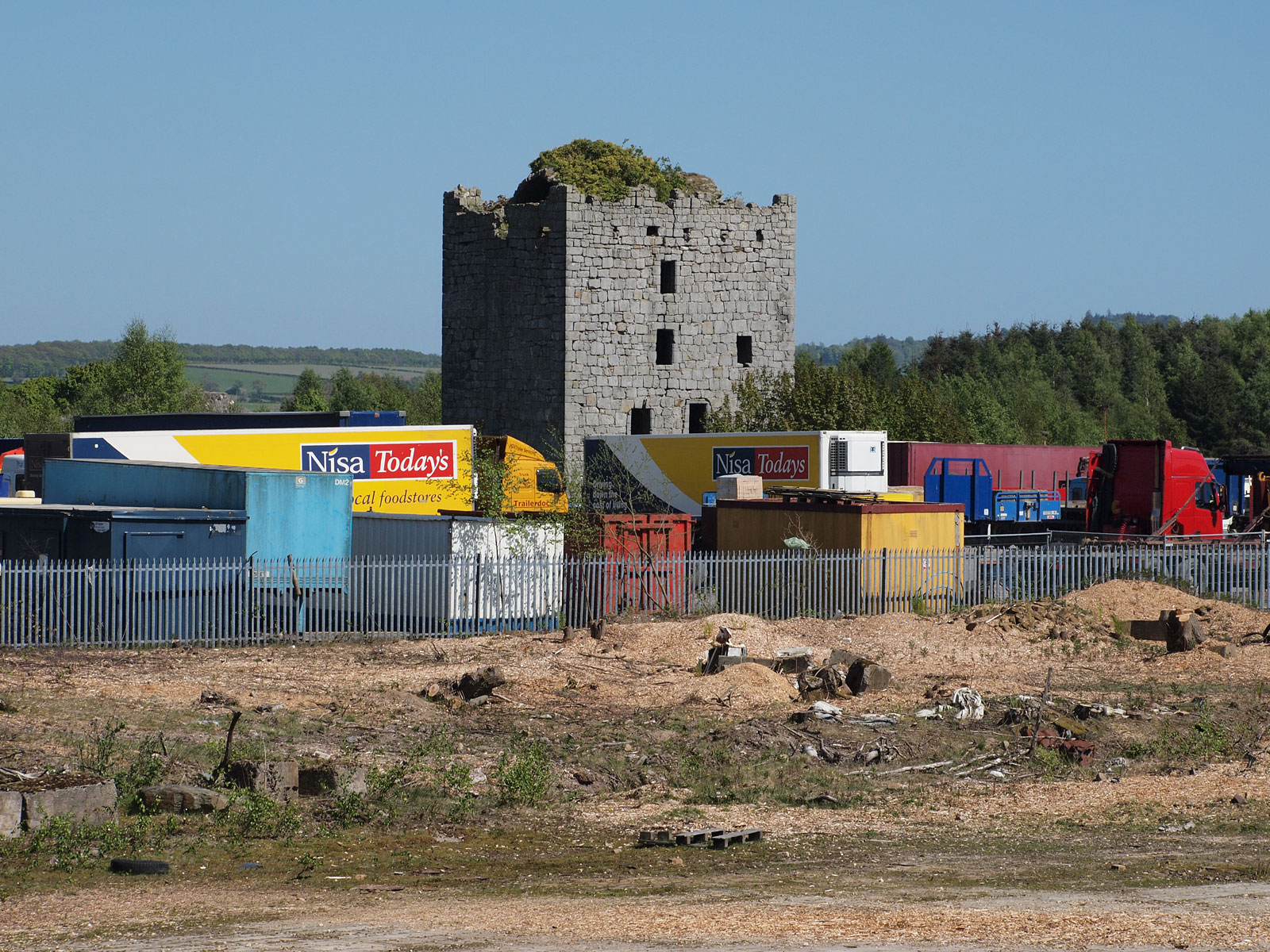Almond Castle on:
[Wikipedia]
[Google]
[Amazon]
 Almond Castle is a ruined L-plan castle dating from the 15th century. It is located west of Linlithgow, and north of the
Almond Castle is a ruined L-plan castle dating from the 15th century. It is located west of Linlithgow, and north of the
 Almond Castle is a ruined L-plan castle dating from the 15th century. It is located west of Linlithgow, and north of the
Almond Castle is a ruined L-plan castle dating from the 15th century. It is located west of Linlithgow, and north of the Union Canal
Union commonly refers to:
* Trade union, an organization of workers
* Union (set theory), in mathematics, a fundamental operation on sets
Union may also refer to:
Arts and entertainment
Music
* Union (band), an American rock group
** ''Un ...
, in Falkirk
Falkirk ( gd, An Eaglais Bhreac, sco, Fawkirk) is a large town in the Central Lowlands of Scotland, historically within the county of Stirlingshire. It lies in the Forth Valley, northwest of Edinburgh and northeast of Glasgow.
Falkirk had a ...
, Scotland
Scotland (, ) is a country that is part of the United Kingdom. Covering the northern third of the island of Great Britain, mainland Scotland has a border with England to the southeast and is otherwise surrounded by the Atlantic Ocean to the ...
. It was known as Haining Castle until the 17th century.Coventry Martin (1997) ''The Castles of Scotland''. Goblinshead. p.52 The structure is unsound and is protected as a scheduled monument
In the United Kingdom, a scheduled monument is a nationally important archaeological site or historic building, given protection against unauthorised change.
The various pieces of legislation that legally protect heritage assets from damage and d ...
.
History
The estate originally belonged to the Crawford family, and they built the castle in about 1470. In about 1540 it passed by marriage to the Livingstones, who built an extension at the south west. They also built an extension along the south east wall in 1586. When James Livingstone was created Baron Livingstone of Almond in 1633 the castle's name was changed to Almond from Haining. After theJacobite rising of 1715
The Jacobite rising of 1715 ( gd, Bliadhna Sheumais ;
or 'the Fifteen') was the attempt by James Edward Stuart (the Old Pretender) to regain the thrones of England, Ireland and Scotland for the exiled Stuarts
The House of Stuart, ori ...
the castle was forfeited to the crown by the Livingstone Earls of Callendar
Earl of Callendar was a title in the Peerage of Scotland.Also spelt "Calendar" and "Calender" It was created in 1641 for James Livingston, 1st Lord Livingston of Almond, a younger son of Alexander Livingston, 1st Earl of Linlithgow, along with th ...
. It was abandoned in the 1750s.
In 1783 the ruin was sold to William Forbes by the York Buildings Company.
Structure
The ruin has a vaulted basement. The hall was on the first floor, while there is a kitchen in the wing. There is a courtyard, with a wall and ditch, enclosing the remains of 16th-century buildings. The castle was four storeys and a garret high. The entrance, on the long south east face, gave access to the first floor.References